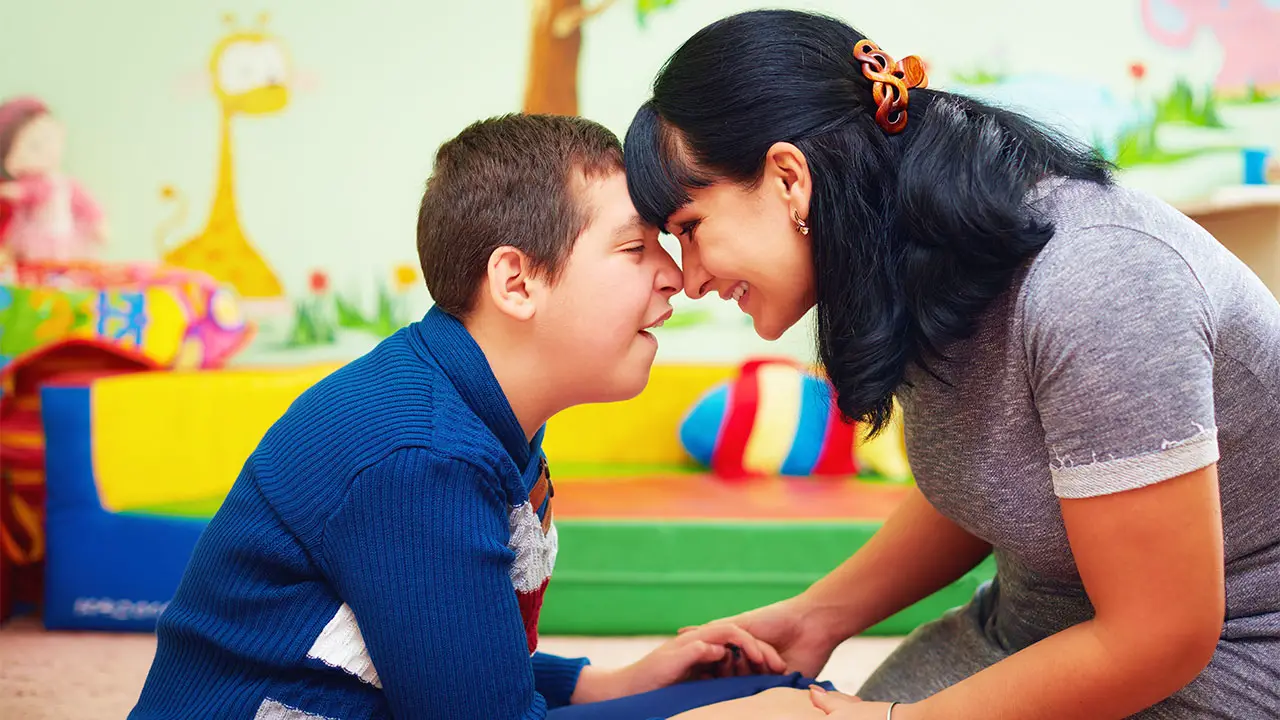Childhood Disintegrative Disorder
 Photo courtesy of Raising Children NetworkOpens in new window
Photo courtesy of Raising Children NetworkOpens in new window
|
Childhood disintegrative disorder (CDD), also known as Heller syndrome (or disintegrative psychosis), is a rare neurobiological disorder characterized by the deterioration of language and social skills and by the loss of intellectual functioning following normal development throughout at least the initial two years of life.
The disorder was first described in 1908 by Austrian educator Thomas Heller. However, because the disorder is rare, occurring in one in every 50,000 – 100,000 individuals, it was not officially recognized as a developmental disorder until the 1990s. Today, CDD is classified as a pervasive developmental disorderOpens in new window and is known to affect boys more frequently than girls.
Children affected by CDD progress normally in their development at least until age two, acquiring communication, social, and intellectual abilities typical for their age. Symptoms of the disorder often appear between ages three and four, although in some cases symptoms may not be present until age nine or 10.
Onset generally occurs over a period of several months to a year. The disorder becomes evident when a child loses the skills that he acquired previously, though this may manifest initially in the form of anxiety or increased, unexplained irritability.
Children with CDD regress in motor function and intelligence, and many affected individuals develop symptoms similar to those of autism, including repetitive behavior patterns, inability to interact with others, and delayed development of speech. In addition, children affected by CDD often lose control over bladder and bowel function and experience seizures.
See also:
- Vokmar, F.R. & Rutter, M. (1995). Childhood disintegrative disorder: Results of the DSM-IV autism field trial. Journal of the American Academy of Child and Adolescent Psychiatry, 34, 1092 – 1095.
- Volkmar, F.R., Koenig, K., & State, M. (2005). Childhood disintegrative disorder. In F.R. Volkmar, R. Paul, A. Klin, & D. Cohen (Eds.), Handbook of autism and pervasive developmental disorders: Vol. 1. Diagnosis, development, neurobiology, and behavior (3rd ed., pp. 70–87). Hoboken, NJ: Wiley.
- Mouridsen, S. E., Rich, B., & Isager, T. (1998). Validity of childhood disintegrative disorder: General findings of a long-term follow-up study. British Journal of Psychiatry, 172, 263 – 267.
- Hendry, C. N. (2000). Childhood disintegrative disorder: Should it be considered a distinct diagnosis? Clincial Psychology Review, 20, 77 – 90.
- Corbett, J., Harris, R. Taylor, E., & Trimble, M. (1977). Progressive disintegrative psychosis of childhood. Journal of Child Psychology and Psychiatry, 18, 211–219.
- Evans-Jones, L. G., & Rosenbloom, L. (1978). Disintegrative psychosis in childhood. Developmental Medicine and Child Neurology, 20, 462 – 470.

